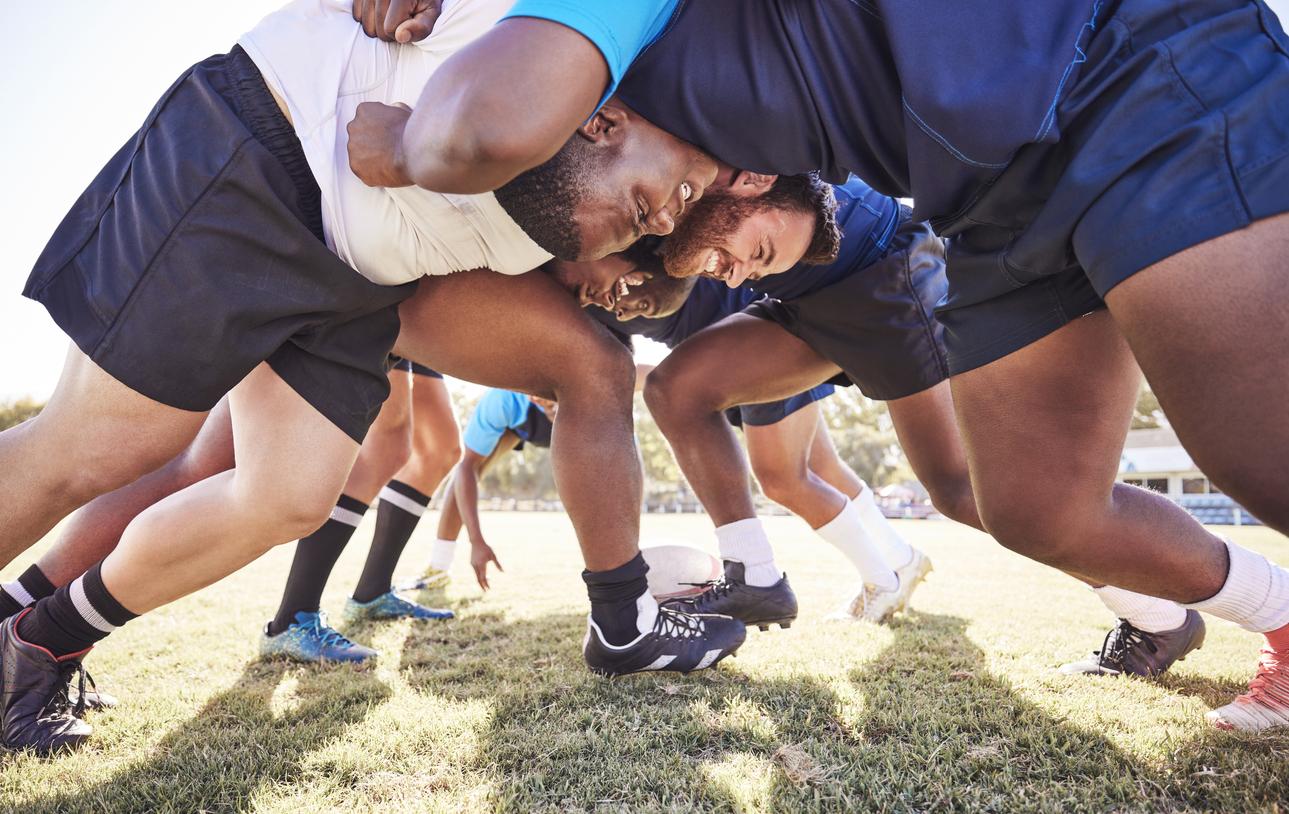This new artificial intelligence tool would provide insight into how subtle brain damage accumulates and affects cognition over time.

- Currently, CT scans fail to see “invisible” brain damage and produce huge amounts of data that are difficult to interpret.
- A new artificial intelligence tool would make it possible to distinguish the brains of athletes practicing contact sports such as football from those doing disciplines such as athletics.
- It could also accurately identify changes in brain structure resulting from repeated head trauma in athletes.
Football, rugby, hockey, boxing… Several studies have shown that repeated shocks to the head, even if they seem benign at first, during the practice of these sports could alter cognitive functions. Currently, imaging tests can identify microscopic changes in brain structure resulting from head trauma. However, the scanners produce huge amounts of data that are difficult to interpret, according to researchers at New York University’s Polytechnic Institute.
AI spots brain changes caused by repeated head trauma
That’s why they’ve come up with a new tool that uses an artificial intelligence technique called “machine learning.” To find out if the latter detects “invisible” brain damage in athletes, they analyzed hundreds of brain images of 36 athletes practicing contact sports (mainly football players) and 45 athletes who do not practice sports. contact (running, baseball). The MRIs of the 81 athletes were taken between 2016 and 2018 and none had been diagnosed with a concussion during that time. During the work, the participants had to use the new artificial intelligence tool.
According to the study, published in the journal The Neuroradiology Journal, the tool could distinguish the brains of athletes doing contact sports from those who did not. He was also able to identify with precision the modifications of the cerebral structure resulting from repeated cranial traumatisms. According to the authors, two measurements made it possible to pinpoint the changes in the brain with the most precision. The first, “mean diffusivity,” measures how easily water can move through brain tissue. The second, “mean kurtosis”, examines the complexity of the structure of brain tissue and may indicate changes in the parts of the brain involved in learning, memory and emotions.
A tool to detect “damage resulting from more subtle and frequent impacts to the head”
“Our results highlight the ability of artificial intelligence to help us see things we couldn’t see before, especially ‘invisible lesions’ that don’t show up on conventional MRIs. This method could be a important diagnostic tool, not only for concussions, but also for detecting damage resulting from more subtle and frequent impacts to the head”, said Junbo Chen, lead author of the research, in a statement.

















